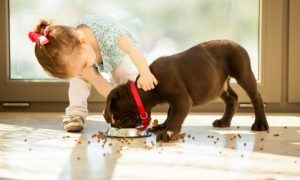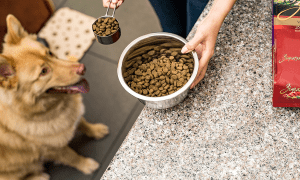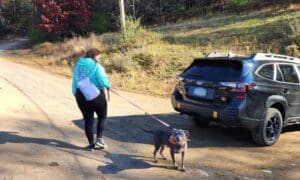“This post contains affiliate links, and I will be compensated if you make a purchase after clicking on my links.”
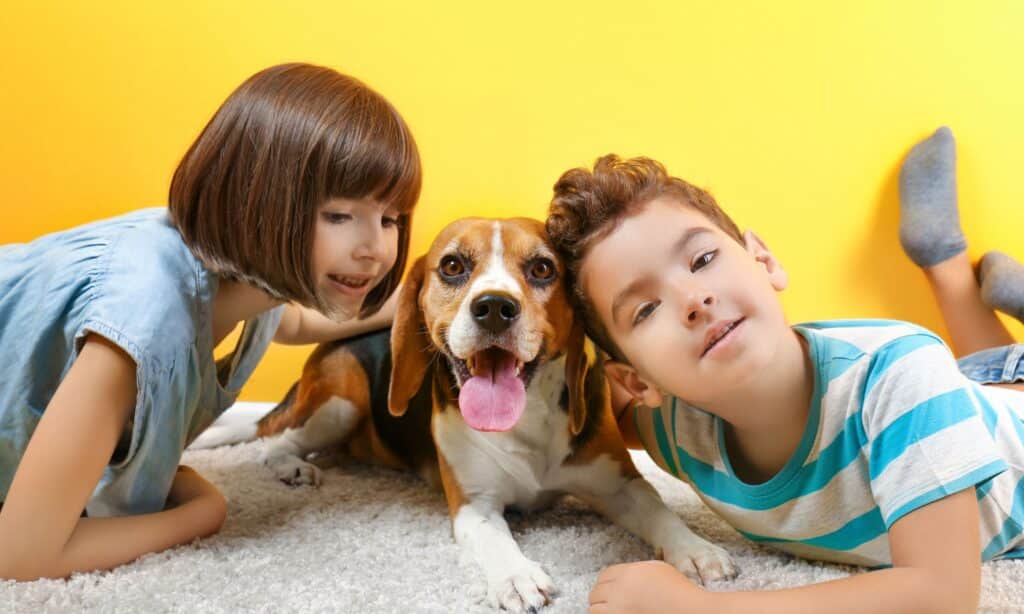
A dog’s love is practically unmatched. They not only provide us with amazing friendship and loyalty, but studies demonstrate that they go above and beyond. Dogs have been proven to improve mental health, blood pressure, and stress levels.
Because of this, many families have dogs. And having a furry friend in your home is a great experience for children. Aside from being the sweetest companions to them, petting a dog for a few minutes can also help your child’s immunity!
Children and dogs make excellent companions, and owning a dog can help them develop kindness, understanding, and respect for all living creatures. However, it is a good idea to childproof your dog before anything else. Keep reading as we list out tips to help you!
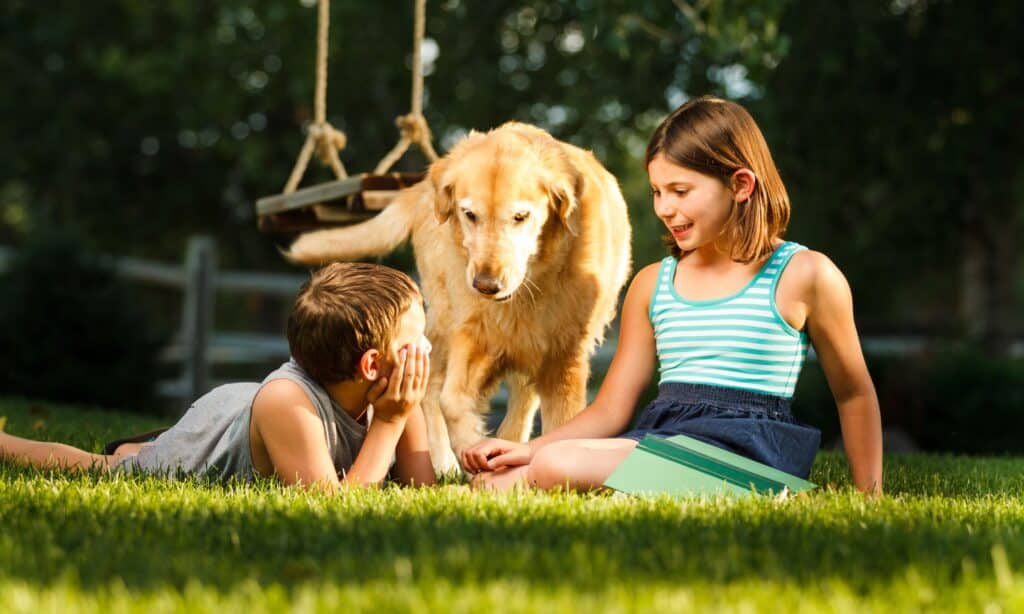
Expose Them Beforehand
One of the most important steps in childproofing dogs is just exposing them to children. Being around adults does not fully prepare a dog to be with children. Children are smaller, noisier, less predictable, and occasionally aggressive. They even smell differently. Many dogs might feel overwhelmed when confronted for the first time. You must maintain control throughout each interaction, addressing negative behaviors like overexcitement and barking and praising appropriate behaviors.
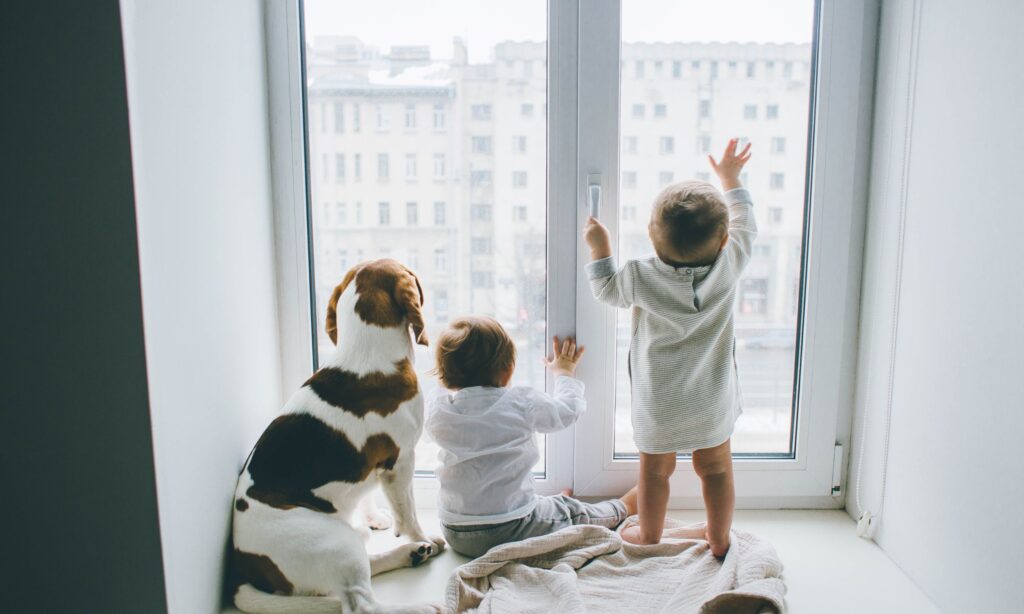
Give The Children Rules
Parents must teach their children how and when to approach, pet, and play with dogs at an early age. Even the most well-behaved child would want to wrap their arms around a dog’s neck or yank its tail. Although some dogs can get accustomed to and tolerate this behavior, they may lash out if they have never been in this situation before. Prepare your dog for this type of attention before they encounter a child. In other words, a childproofed dog is safe to be around a dog-proofed kid.
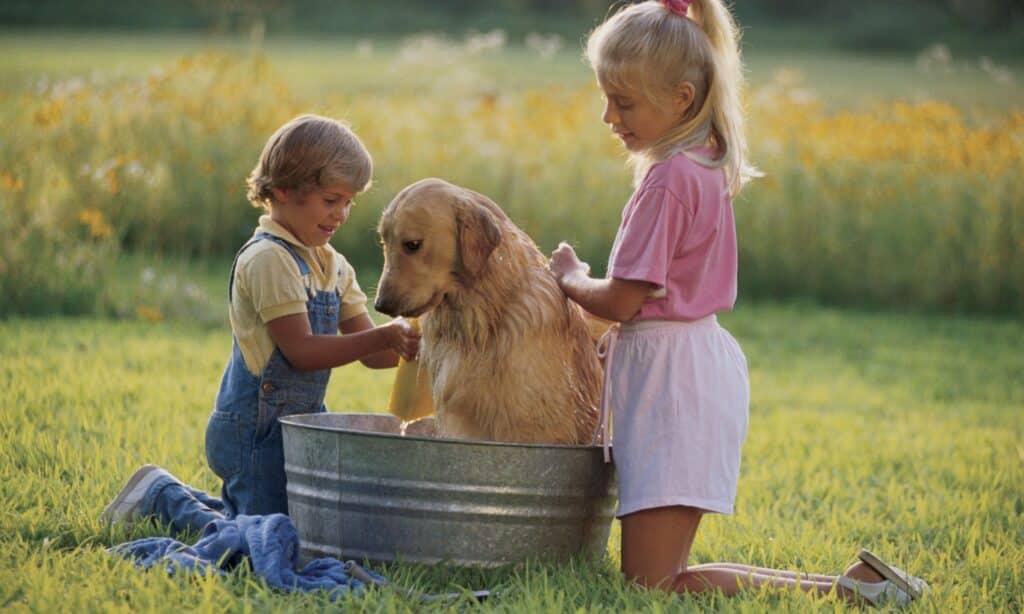
Never Let Them Be Alone
Even with a childproofed dog, you’ll never be sure what can happen. Accidents are unpredictable, and it is not recommended to leave a child alone with a pet, regardless of whether it is a family pet. As your child grows, you will need to continue watching interactions with your dog because many attacks occur against children unaware that they are annoying or frightening animals.
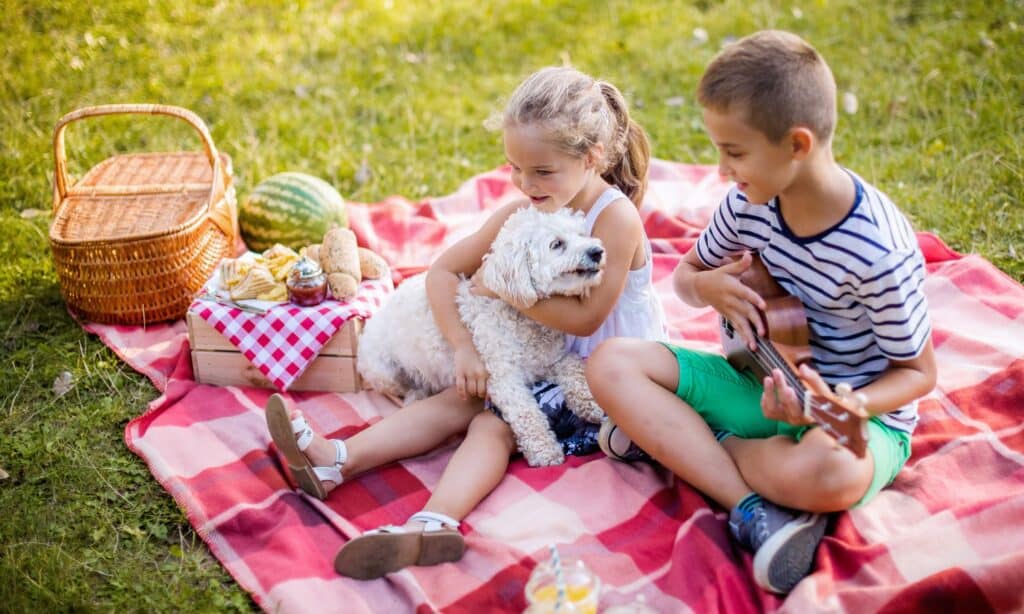
Don’t Force Them
Some people believe that holding and petting a dog is an effective technique to build a connection between dogs and children. But if the dog does not want this to happen, he may become hostile or develop a phobia. If your dog appears agitated, do not force them to be near children. They need to feel at ease, so allow them the freedom to approach children at their own speed.
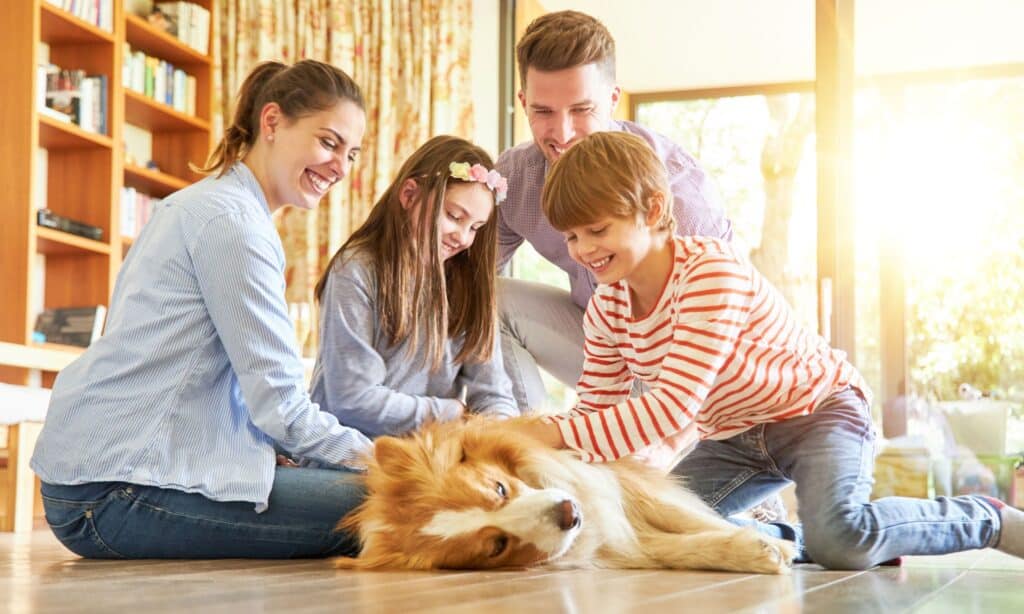
Get Help (If Needed)
The repercussions of a dog-child mismatch are too severe to risk. Dog owners must look for indicators of aggression, including low growls, wide eyes, and hard stares. Seek expert help if they are recognized. Of course, aggressive behavior can be regulated, but it requires practice and will worsen if left alone. Not all canines are suitable for being around children or vice versa. Trust your intuition and proceed with care.
Dogs and children can make an excellent pair if they know how to behave around one another. If done right, the friendship and affection they share may be extraordinary. And there you have it! Do you have anything more to add?




